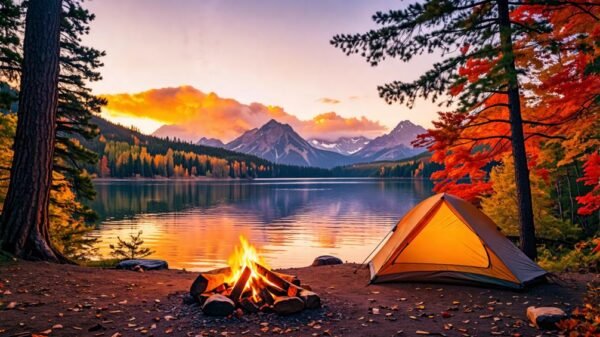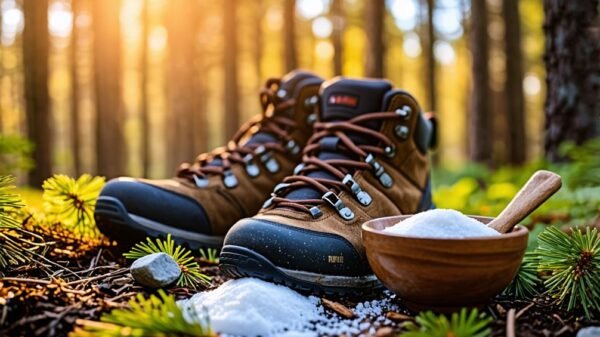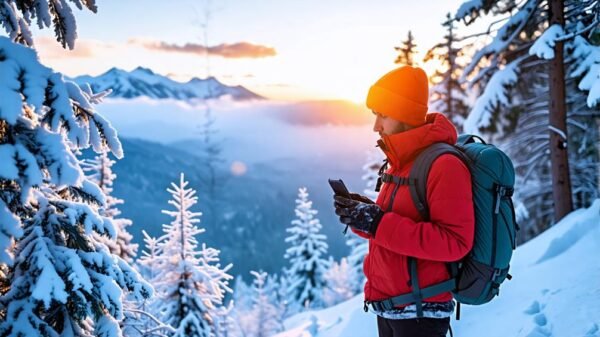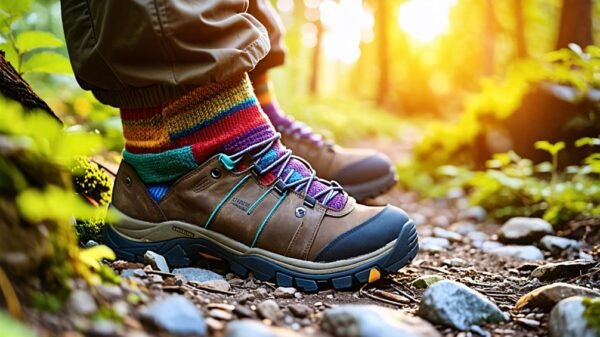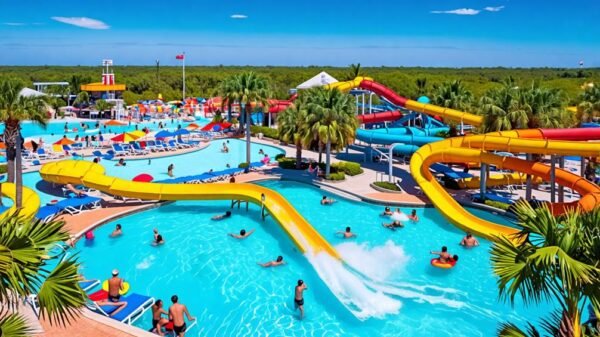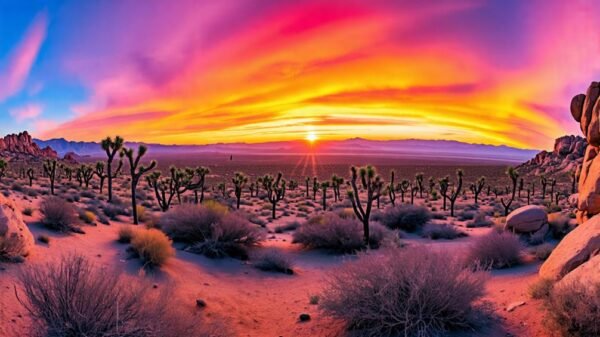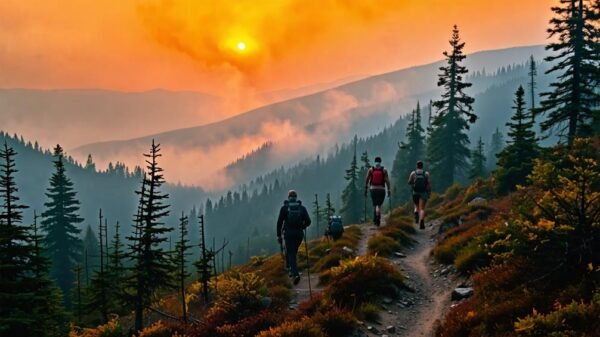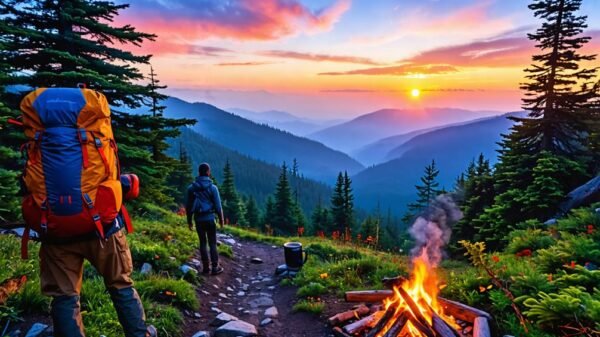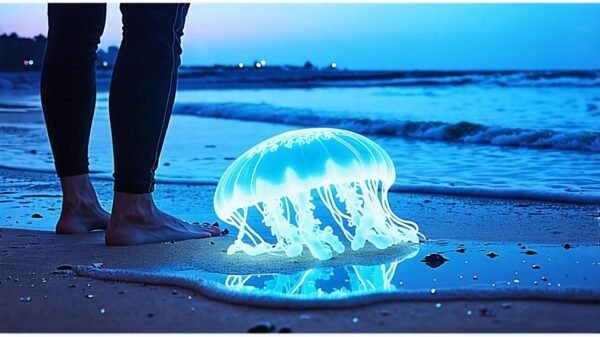Discovering Glacier National Park: Bear Safety and Trail Closures
Nestled in the heart of Northwestern Montana, Glacier National Park is often dubbed the "Crown of the Continent." With its breathtaking landscapes, from feedying glaciers to towering granite peaks, it is a must-visit destination for outdoor enthusiasts and nature lovers alike. While summer and early autumn typically offer the best conditions for hiking and camping, they also come with specific precautions—especially concerning local wildlife.
The Bear Population of Glacier National Park
With around 1,000 wild bears roaming the park, including an estimated 600 black bears and 300 grizzly bears, it’s no surprise that Glacier National Park is considered the most densely populated bear area in the contiguous United States. This enormous bear population leads to heightened safety measures, particularly when it comes to popular hiking trails.
Recently, areas like the Hidden Lake Trail saw closures due to encounters between bears and visitors. Reports surfaced of a bear following a group of hikers, creating an unnerving atmosphere. As a response to these incidents, the National Park Service has taken proactive measures, closing three trails and monitoring twelve others due to bear activity in the first half of 2024.
Popular Trails That May Close
The closures depend on the activity levels of bears within specific regions of the park. In general, if bears are reported in an area abundant with food sources—such as berries—those trails may be restricted. One hotspot is the Many Glacier area, where aggressive bear encounters have prompted the closure of the Many Glacier Wilderness Campground to tent campers.
Other notable areas for bear sightings include Huckleberry Mountain and the Logan Pass zone, which features popular trails like Highline, Gunsight Lake, and Hidden Lake. Understanding bear behavior and whereabouts can help visitors plan their excursions.
Staying Safe While Hiking
Despite the potential for bear encounters, Glacier National Park remains a relatively safe destination for visitors willing to observe park guidelines. The National Park Service (NPS) recommends several strategies to ensure safety during hikes.
For starters, hiking in groups of four or more can greatly reduce risks. It’s also essential to carry bear spray and use it correctly. Making noise while hiking helps alert bears of human presence, minimizing the chance of surprise encounters. If proper precautions are taken, actual bear incidents are rare, allowing visitors to experience the park’s beauty without undue fear.
The Role of Park Rangers
Park rangers play a crucial role in managing visitor safety. Their job includes monitoring animal behavior and trail conditions, and they routinely assess which areas may require closures due to bear activity. By following their updates and recommendations, hikers can enjoy a worry-free experience while exploring the incredible landscapes of Glacier National Park.
Embrace the Adventure
While it can be unsettling to think about the possibility of running into a bear, it’s important to remember that encounters are infrequent, especially when visitors take the right precautions. Gazing upon the stunning vistas, pristine lakes, and majestic glaciers makes any effort worthwhile.
In the end, a trip to Glacier National Park offers more than just stunning visuals; it provides an opportunity to connect with nature and learn about the vital ecosystems at play. Whether you’re witnessing a bear in its natural habitat or soaking in the tranquility of a mountain overlook, the experience is bound to leave a lasting impression. Embracing the adventure, respecting wildlife, and being informed ensures you can safely enjoy everything this magnificent national park has to offer.



